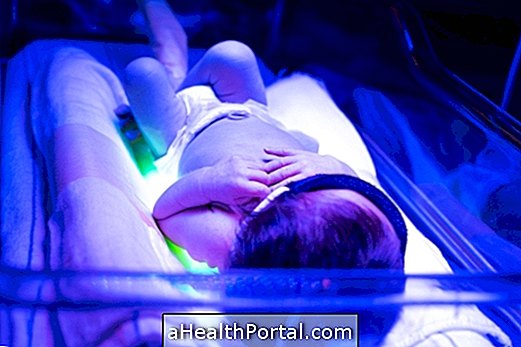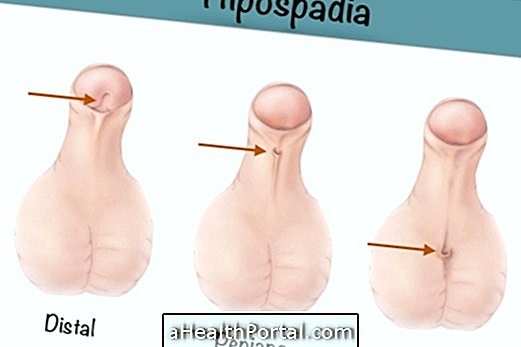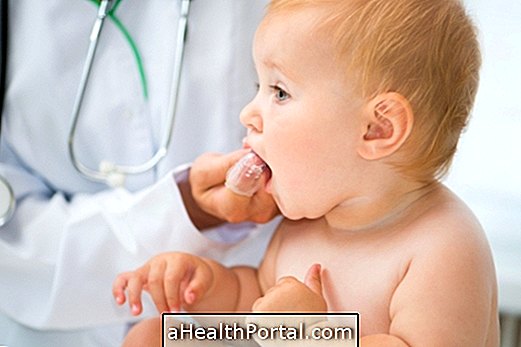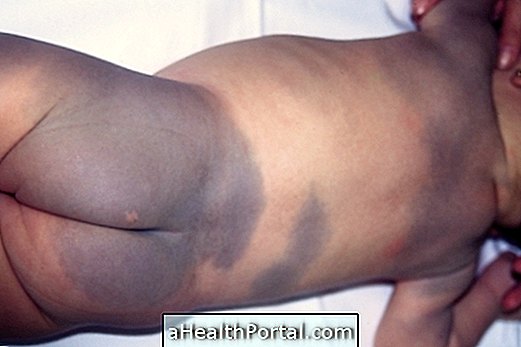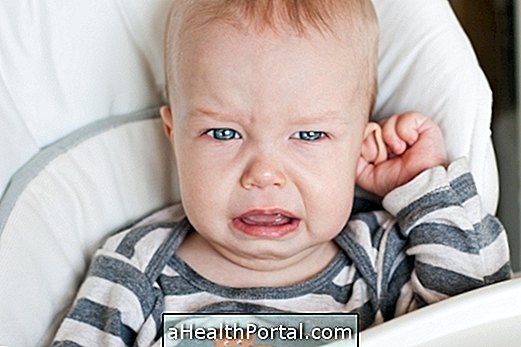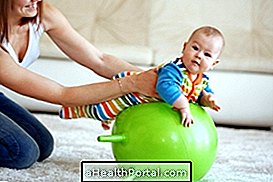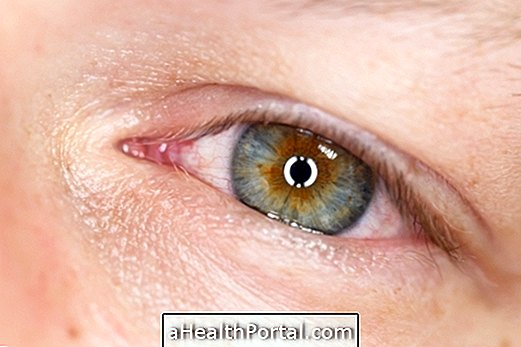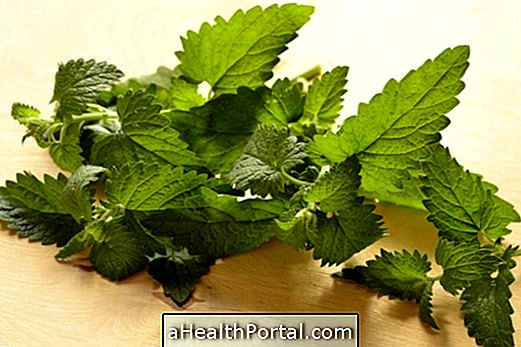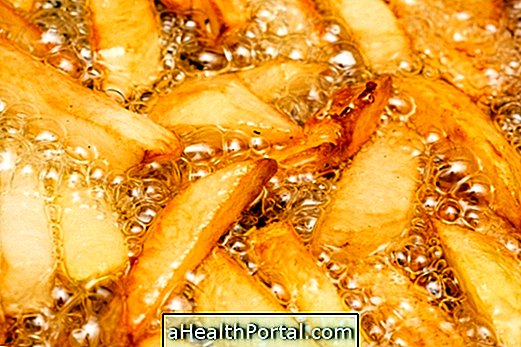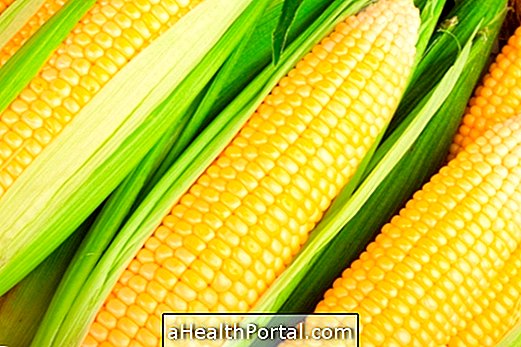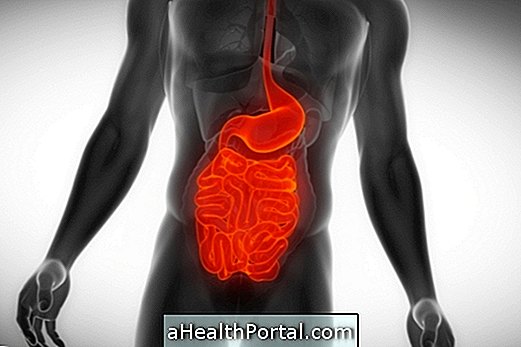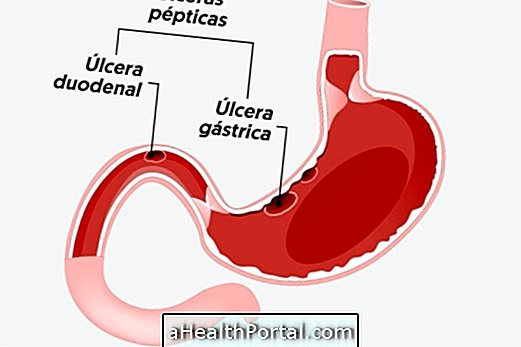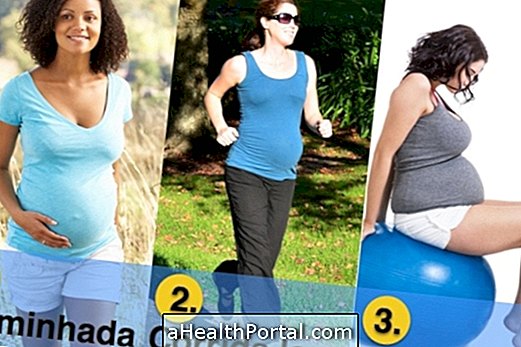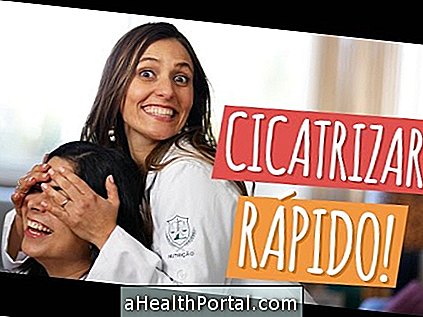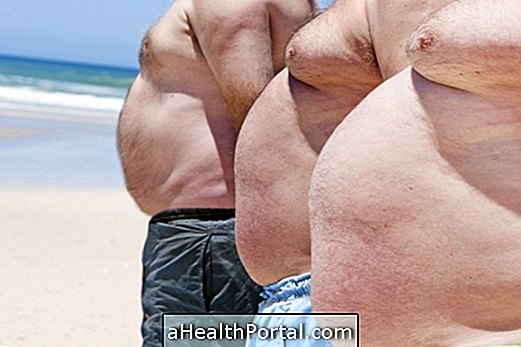Conjunctivitis in the baby is characterized by inflammation of the conjunctiva, a membrane that lines the eyes and eyelids, leaving the baby's eyes red, watery, with discharge and itching.
The treatment of conjunctivitis in the baby should be directed by the ophthalmologist or pediatrician and can be done with antibiotic eye drops or ointments, antihistamine remedies or cleaning the eyes with gels moistened in filtered water or saline, according to the type of conjunctivitis. Most often conjunctivitis is easily controlled but it is important to take the baby to the pediatrician because in some cases it can lead to meningitis.
The baby may have conjunctivitis due to a bacterial infection, called bacterial conjunctivitis, due to an infection by a virus, called the viral conjunctivitis or due to an allergenic substance, called allergic conjunctivitis, and conjunctivitis is easily transmissible from one person to another when it is caused by viruses or bacteria. Learn to identify the type of conjunctivitis.
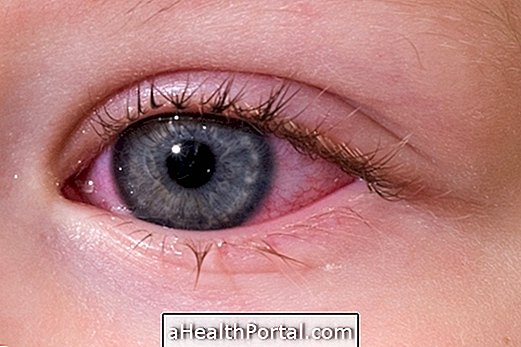
How to treat
The treatment for conjunctivitis in a baby should always be directed by the ophthalmologist or pediatrician and varies according to the type of conjunctivitis:
- Bacterial conjunctivitis: antibiotic eye drops or ointment;
- Viral conjunctivitis: cleansing the eyes with individual gauzes moistened in filtered water, mineral water or saline, as this type of conjunctivitis usually tends to disappear naturally in about 1 week;
- Allergic conjunctivitis: anti-histamine and or cortisone remedies and avoid the allergic substance causing conjunctivitis.
Bacterial conjunctivitis can cause complications such as meningitis or pneumonia, so it is important to follow all doctor's advice to avoid these complications, ensuring the baby's health.
It is not recommended to drop drops of breast milk directly into the eyes of the baby with conjunctivitis because there is no evidence of its performance in a topical way, however, the benefits of breast milk when ingested by the baby are indisputable, and so the baby can also benefit breast-feeding if you have conjunctivitis. In addition, boricated water is also totally contraindicated due to the risk of boric acid poisoning.
What to do during treatment
During the treatment of childhood conjunctivitis, it is important to take some care, such as keeping the baby's eyes always clean, using disposable tissues and always a new one for each eye, not taking the baby to the nursery or school while the symptoms last, wash the baby's face and hands several times a day, avoid hugging and kissing the baby and changing the pillowcase and baby's towel daily.
These care are very important because they prevent the contagion of conjunctivitis from one eye to the other of the baby and the baby to other people.
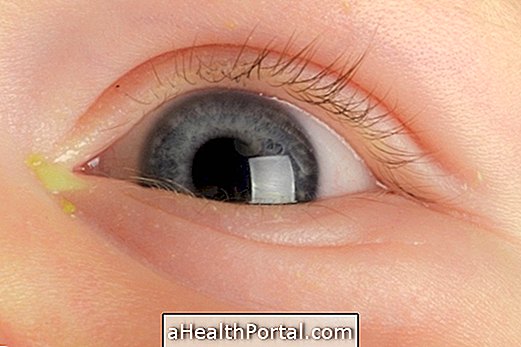
Symptoms of conjunctivitis in baby
Symptoms of conjunctivitis in the baby or newborn include:
- Reddened and irritated eyes;
- Tearing eyes;
- Eyes are very distended, with much secretion, which may be white, thick or yellowish;
- Itchy eyes;
- Small swelling in the eyelids and around the eyes;
- Hypersensitivity to light;
- Irritability and difficulty in eating;
- Fever, especially in the case of bacterial conjunctivitis.
Take the following test to see if your baby may have conjunctivitis.
These symptoms may be present in only one eye or both eyes, and usually when they are present in both eyes it is an allergic conjunctivitis. However, it is very important to evaluate the baby by the ophthalmologist to make the diagnosis and guide the treatment according to the type of conjunctivitis.
